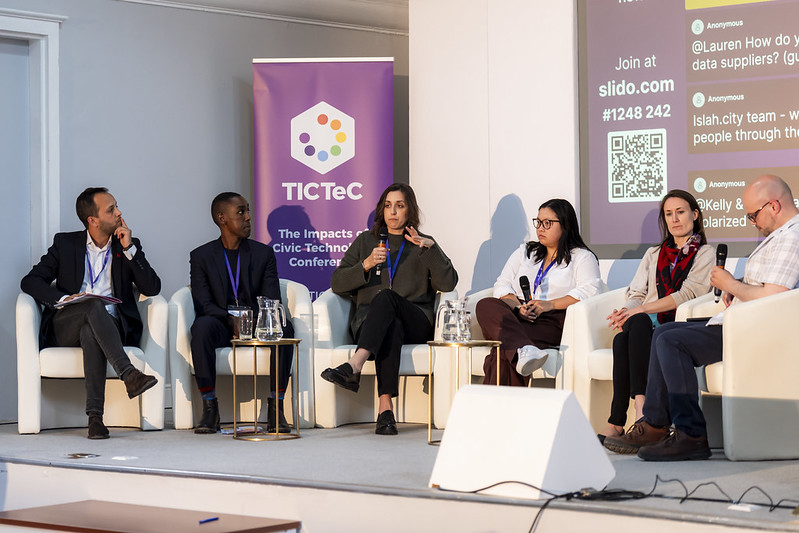I named this blog after a line from C. Wright Mills’ 1960 essay The Cultural Apparatus, which I first read in 2008 during a journalism school class at the University of Colorado:
“The first rule for understanding the human condition is that men live in second-hand worlds. They are aware of much more than they have personally experienced; and their own experience is always indirect. The quality of their lives is determined by meanings they have received from others.”
That quote has stayed with me—not just because it’s a sharp observation about how we process the world, but because it remains unsettlingly relevant. We don’t encounter reality raw; we inherit it through headlines, feeds, photos, slogans, and the countless interpretations of others. Mills called the system that produces and distributes these interpretations the “cultural apparatus.”
Back in 2008, journalism as a profession was entering a crisis that has only deepened since. The demise of local newspapers and public-interest reporting, the erosion of journalistic ethics, the rise of social media, the fragmentation of the internet, and now the explosion of AI and synthetic media—seen through the lens of C. Wright Mills, these shifts help explain much about our current moment. The cultural apparatus isn’t just evolving; it’s fragmenting, accelerating, and becoming harder to trace and trust.
Today, that apparatus is both more expansive and more manipulable than Mills could have imagined. Platforms like TikTok, YouTube, and X (formerly Twitter) deliver curated slices of experience in real time. AI-generated content blurs the line between authentic and synthetic, while billionaires, governments, and opaque algorithms shape what rises to the top. Conspiracies scale faster than facts. The experience of “seeing it with your own eyes” is often preempted by a push notification or a viral meme.
In this environment, the question isn’t whether we live in secondhand worlds—it’s who’s furnishing them, and to what end.
That’s why I started this blog. Over the years, I’ve used this space to explore those questions directly—writing about civic tech, participatory democracy, communication systems, and the ethical design of digital tools—all efforts to interrogate and influence the cultural apparatus itself. It’s a place for me to think critically about the cultural apparatus we all live within—and to make my own small contribution to it. I’ve worked in digital communications, civic tech, and democracy support. I’ve seen how narratives can be built for liberation, and how they can be weaponized. I’ve tried to help build tools and spaces that make democratic values legible, accessible, and resilient.
If we’re going to live in secondhand worlds, then let’s at least try to make them better ones—rooted in equity, truth, and human dignity.

